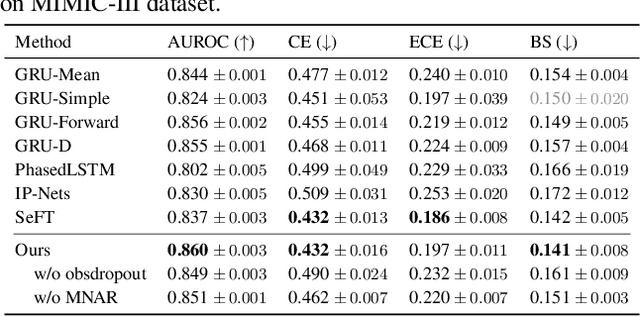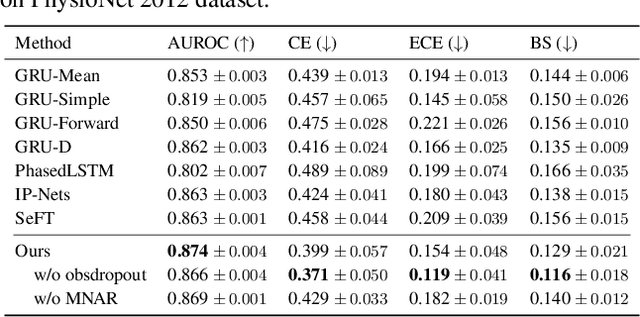SeungHyun Kim
Efficient Policy Adaptation with Contrastive Prompt Ensemble for Embodied Agents
Dec 16, 2024



Abstract:For embodied reinforcement learning (RL) agents interacting with the environment, it is desirable to have rapid policy adaptation to unseen visual observations, but achieving zero-shot adaptation capability is considered as a challenging problem in the RL context. To address the problem, we present a novel contrastive prompt ensemble (ConPE) framework which utilizes a pretrained vision-language model and a set of visual prompts, thus enabling efficient policy learning and adaptation upon a wide range of environmental and physical changes encountered by embodied agents. Specifically, we devise a guided-attention-based ensemble approach with multiple visual prompts on the vision-language model to construct robust state representations. Each prompt is contrastively learned in terms of an individual domain factor that significantly affects the agent's egocentric perception and observation. For a given task, the attention-based ensemble and policy are jointly learned so that the resulting state representations not only generalize to various domains but are also optimized for learning the task. Through experiments, we show that ConPE outperforms other state-of-the-art algorithms for several embodied agent tasks including navigation in AI2THOR, manipulation in egocentric-Metaworld, and autonomous driving in CARLA, while also improving the sample efficiency of policy learning and adaptation.
Learning to Explore for Stochastic Gradient MCMC
Aug 17, 2024Abstract:Bayesian Neural Networks(BNNs) with high-dimensional parameters pose a challenge for posterior inference due to the multi-modality of the posterior distributions. Stochastic Gradient MCMC(SGMCMC) with cyclical learning rate scheduling is a promising solution, but it requires a large number of sampling steps to explore high-dimensional multi-modal posteriors, making it computationally expensive. In this paper, we propose a meta-learning strategy to build \gls{sgmcmc} which can efficiently explore the multi-modal target distributions. Our algorithm allows the learned SGMCMC to quickly explore the high-density region of the posterior landscape. Also, we show that this exploration property is transferrable to various tasks, even for the ones unseen during a meta-training stage. Using popular image classification benchmarks and a variety of downstream tasks, we demonstrate that our method significantly improves the sampling efficiency, achieving better performance than vanilla \gls{sgmcmc} without incurring significant computational overhead.
Probabilistic Imputation for Time-series Classification with Missing Data
Aug 13, 2023



Abstract:Multivariate time series data for real-world applications typically contain a significant amount of missing values. The dominant approach for classification with such missing values is to impute them heuristically with specific values (zero, mean, values of adjacent time-steps) or learnable parameters. However, these simple strategies do not take the data generative process into account, and more importantly, do not effectively capture the uncertainty in prediction due to the multiple possibilities for the missing values. In this paper, we propose a novel probabilistic framework for classification with multivariate time series data with missing values. Our model consists of two parts; a deep generative model for missing value imputation and a classifier. Extending the existing deep generative models to better capture structures of time-series data, our deep generative model part is trained to impute the missing values in multiple plausible ways, effectively modeling the uncertainty of the imputation. The classifier part takes the time series data along with the imputed missing values and classifies signals, and is trained to capture the predictive uncertainty due to the multiple possibilities of imputations. Importantly, we show that na\"ively combining the generative model and the classifier could result in trivial solutions where the generative model does not produce meaningful imputations. To resolve this, we present a novel regularization technique that can promote the model to produce useful imputation values that help classification. Through extensive experiments on real-world time series data with missing values, we demonstrate the effectiveness of our method.
 Add to Chrome
Add to Chrome Add to Firefox
Add to Firefox Add to Edge
Add to Edge